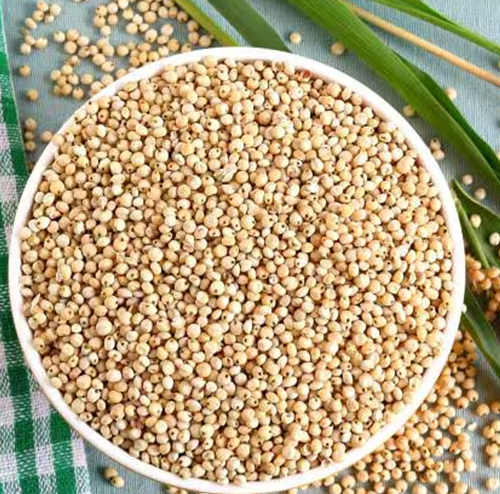Insect Pests Affecting Stored Jowar
| Common Name |
Scientific Name |
| Lesser Grain Borer |
Rhyzopertha dominica |
| Red Flour Beetle |
Tribolium castaneum |
| Rust-Red Flour Beetle |
Cryptolestes ferrugineus |
| Khapra Beetle |
Trogoderma granarium |
| Rice Moth |
Corcyra cephalonica |
Major Insect Risks in Jowar (Sorghum)
- Infestation by grain moths (Corcyra cephalonica) and weevils (Sitophilus spp.)
- Contamination from insect fragments and uric acid deposits
- Mold and fungal growth due to high humidity or poor storage hygiene
- Quality degradation affecting processing and marketability
Quality & Safety Parameters for Jowar
- Aflatoxin Levels – Must be within safe food limits as per FSSAI or export standards
- Uric Acid – Should not exceed 100 mg/kg for human consumption
- Moisture Content – Preferably below 12% to inhibit fungal and insect activity
- Pesticide Residue – Should meet regulatory norms (domestic/export)
- Foreign Matter & Damaged Kernels – Must conform to grade classification
Fumigation Guidelines for Jowar
Jowar is fumigated before storage and export to eliminate live pests and ensure long shelf life.
- Standard Fumigation (NSPM-22): Application of Aluminium Phosphide at 3 tablets/tonne or 2.25 g phosphine/m³ for a minimum of 5 days. Can be extended depending on target pest and weather conditions.
- Pre-shipment Protocols: Methyl Bromide fumigation at 32 g/m³ for 24 hours at ≥21°C as per international quarantine requirements.
Fumigation practices for Jowar adhere to India’s Plant Quarantine regulations and destination country protocols to prevent pest spread and protect commodity quality.
